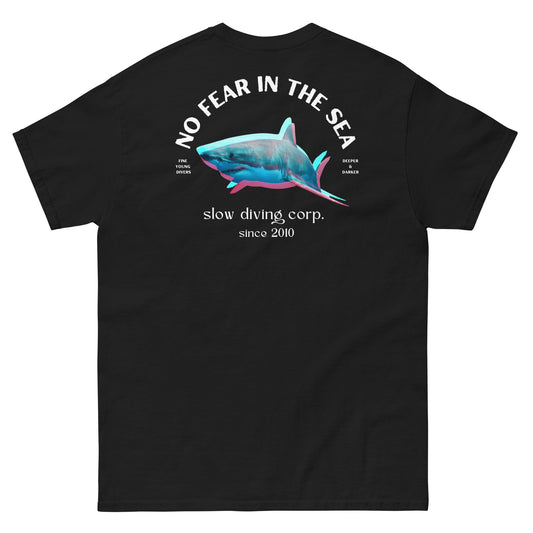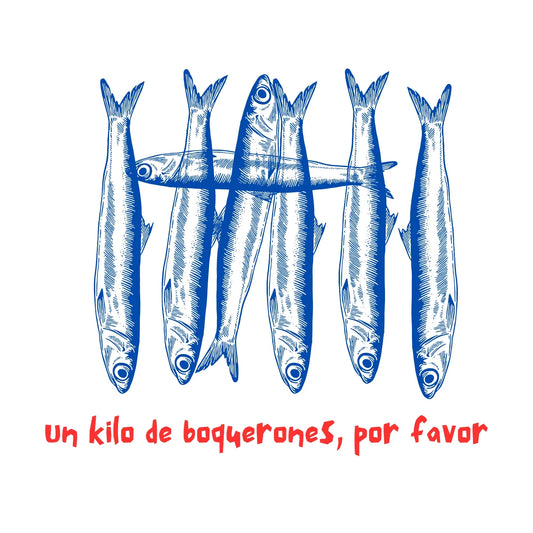The pygmy seahorse (Hippocampus bargibanti) is a species of fish in the order Syngnathiformes. Its camouflage is so remarkable that it was not discovered until 1969, when this small fish appeared in an Australian laboratory while studying a gorgonia of the genus Muricella.
Pygmy seahorses live in the region that makes up the Coral Triangle in Southeast Asia. From tropical southern Japan to the Philippines, Indonesia, eastern Palau, Papua New Guinea, Solomon Islands, Fiji, Vanuatu and the Great Barrier Reef of Australia. Its name "pygmy" comes from its small size, reaching a maximum of 2.7 centimeters from the tip of the tail to the end of the snout.
Pygmy seahorses at Malboal, Philippines
Pygmy seahorses are morphologically distinct from other seahorse species. In addition to their extremely small size, they have only one gill slit on the back of their head, unlike other seahorses that have two. Another characteristic that distinguishes pygmy seahorses from other seahorses is that they are highly specialized in their choice of habitat. They spend their entire adult life in a single type of gorgonian, the Muricella, in both the genera Paraplectana and Plectana.
Seahorse T-shirts
SEE MORE SEAHORSE T-SHIRTS
The resemblance of this little horse to this gorgonian coral makes it very difficult to be seen by its predators, mainly the long-snouted hawkfish, since it even imitates the polyps of this coral on its body as well as the color.
Pygmy seahorses feed on small mollusks as adults and plankton as juveniles. There are two color patterns: gray with red touches in the protuberances that mimic polyps, and yellow with orange protuberances.

Pygmy seahorses take refuge in Muricella gorgonians, where they remain unnoticed. Image by Tom Gruber
As with all seahorses, the male is responsible for all care of the developing eggs and young. The female's eggs, unfertilized, are transferred to the male's brood pouch where they remain for 11 to 14 days. The male has blood vessels that carry nutrients and oxygen to the developing young. After this period, between 6 and 34 hatchlings emerge from the male's abdomen.

These seahorses have become very popular with divers and are often observed and photographed due to their remarkable abundance. They are found at depths between 16 and 40 meters and special care should be taken when observing and photographing these fish (as with all marine life in general), but these tiny seahorses are particularly vulnerable to damage caused by poor technique. It is important not to touch the seahorses or the gorgonians that protect them, and to avoid shining flashlights or torches on them for too long, as this alters the natural behavior of these delicate animals.























